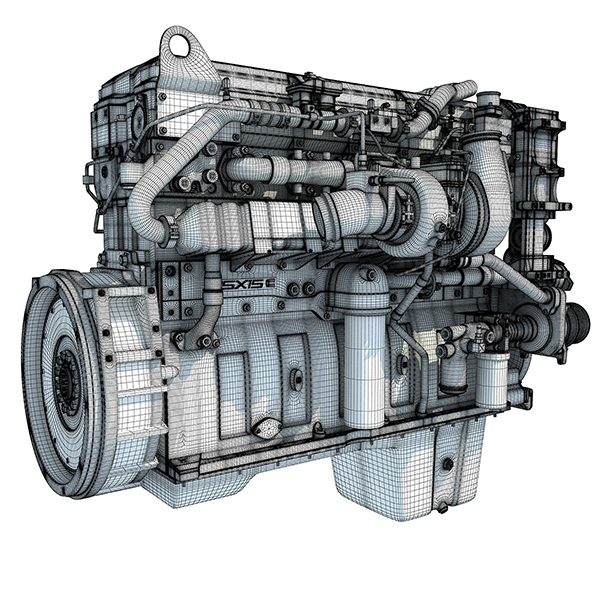Mainstream green coolant

The original, green-dyed antifreeze/coolants are called conventional low-silicate, but the technical name for this type of coolant and its inhibitor package is Inorganic Acid Technology (IAT). It was typical to start with a low silicate-based product design for cars and light-duty trucks, which required dilution with water, then you needed to “pre-charge” it with specific amounts of supplemental coolant additives (SCAs) to protect heavy duty engine cylinder liners from destructive pitting corrosion.
Today, most of the “conventional low-silicate” antifreeze/coolants in the market are fully formulated with a pre-charge of SCA to protect the cooling systems of heavy duty engines against corrosion, cavitation, liner pitting, freezing and boil over. However, compared to OAT and NOAT coolant formulations, the IAT coolants do require the frequent addition of SCA at an interval of 25,000 miles, or as specified by the engine manufacturer.
Hybrid Organic Acid Technology
Hybrid Organic Acid Technology (HOAT), which is a combination of some of the inhibitors used in inorganic IAT and organic OAT coolants, is typically based on a low-silicate, nitrite technology. Unlike the OAT and NOAT Extended Life Coolants (ELC), HOAT coolants, like the IAT coolants, typically require SCA added back into the system at the first maintenance interval (25,000 miles) or as specified by the engine manufacturer.
HOAT coolants are most commonly found dyed yellow or orange. These formulations are not compatible with the extended interval coolant formulation of either NOAT or OAT coolants and should not be mixed with them.
Nitrited Organic Acid Technology
Extended Life Coolant (ELC) does not require a supplement (referred to as an extender) until 300,000 miles or 6,000 engine hours to achieve the full 600,000 miles or 12,000 engine hours of service life.
The ELC antifreeze/coolants use organic acids (organic additive technology), nitrite and/or molybdenum as part of their inhibitor package and are referred to as Nitrited Organic Acid Technology (NOAT) antifreeze/coolants.
Organic Acid Technology
Organic Acid Technology (OAT) has no nitrite added. These coolants typically provide 600,000 miles or 12,000 engine hours of service life, but their performance life can be drastically reduced if contaminated with nitrite-containing coolants.
Color Keys
Since both water and antifreeze/coolant are colorless, manufacturers add a colored dye to the solution so the user can differentiate between it and other under-hood fluids and more readily know if a heavy duty engine is experiencing a coolant leak.
The growth in the number of available antifreeze/coolant formulations has forced manufacturers to use different color dyes for different types of antifreeze/coolants. The American Trucking Associations’ Technology & Maintenance Council (TMC), in its “Recommended Practice RP 351,” proposes guidelines for standardization of engine antifreeze/coolant based on antifreeze type:
| TMC A—Conventional Low-Silicate | RP 302A | Green (PMS #374-376) |
|---|---|---|
| TMC B—Fully Formulated Ethylene Glycol | RP 329 | Green (PMS #374-376 |
| TMC C—Fully Formulated Propylene Glycol | RP 330 | Blue (PMS #297-301) |
| TMC D—Organic Acid Technology (OAT) | Per OEM Specs* | Red (PMS #190-193) |
*-OAT coolants are defined by the product meeting one or more of the following manufacturers:
- International—Class 8, B-1, Type III
- Detroit Diesel 7SE298 9804
- Caterpillar EC-1
- Mack 014 GS 17009






